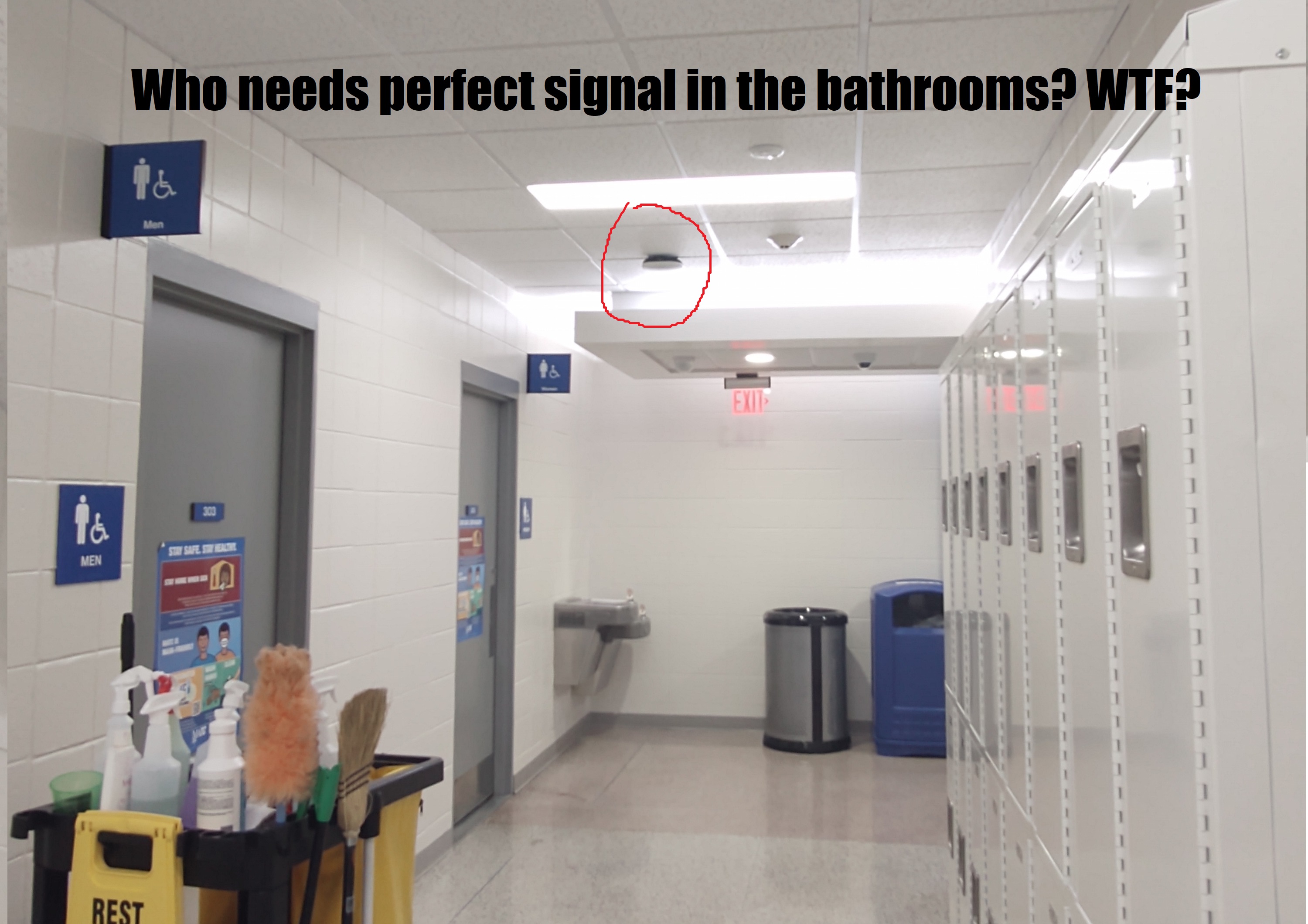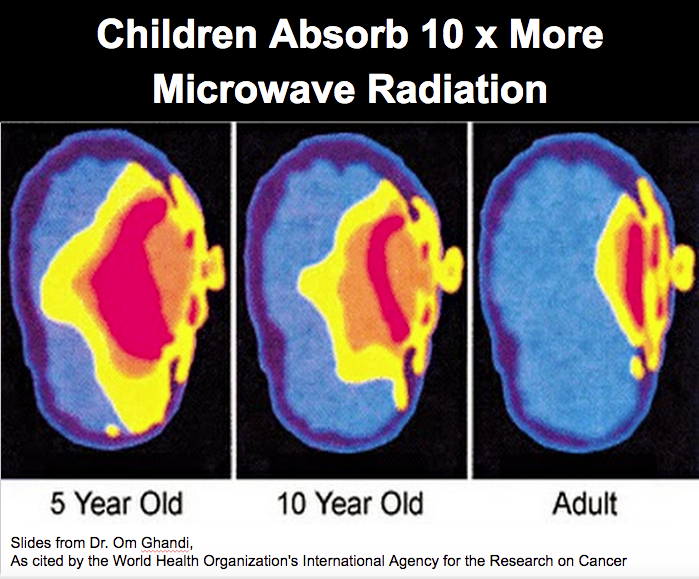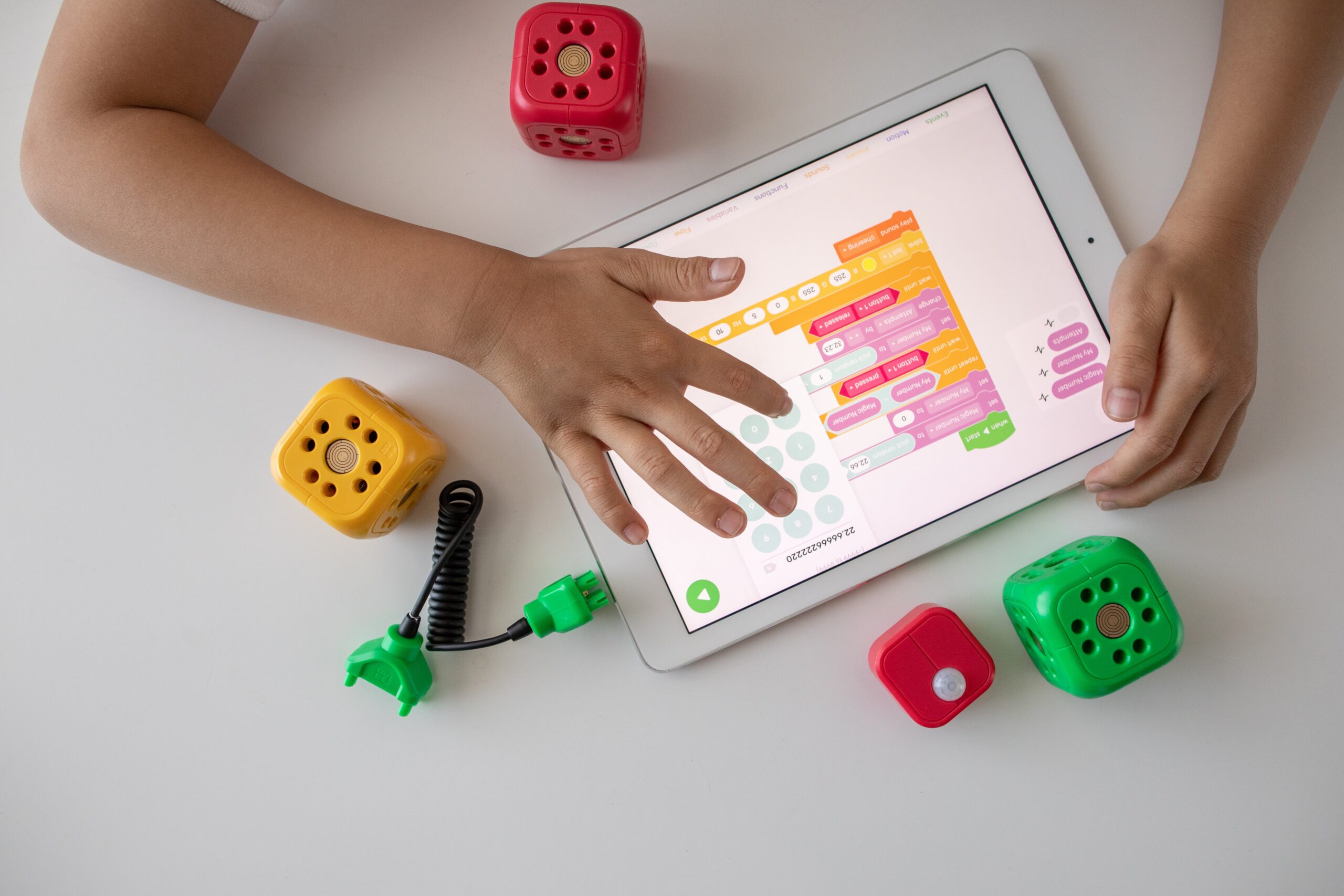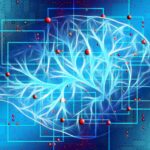How Gadgets (and Schools) are Wrecking Kids’ Learning Abilities
You wouldn’t believe how much technology affects attention and developing brains
We hear it everywhere: attention spans have taken a nosedive, and are accelerating thanks to the fast-paced, bite-sized, brain-hacking technology that has become social media.
We blame it on the constant “dings” and notifications, short snippets of dopamine-fueled instant gratification; sometimes I still hear the flippant dismissal of “kids these days.”
But research backs the hunch that we’re all succumbing to goldfish-like attention spans. Per Andrews University, in the years 2000, attention lasted on average 12 seconds, whereas by 2013 that had dropped to a measly 8.
And that was nearly ten tears ago, you know, before every 5 year old had a tablet and every 16 year old and access to games that hack their reward centers.
But it’s more than just the endless barrage of 6-second dog videos, “likes,” and flashing lights.
Schools are dumping fuel on the fire
Even in the educational environment, schools aren’t doing anything to improve kids’ learning abilities – in fact, they’re doing just the opposite (and if you’ve seen what they feed kids in the cafeteria, you’d know this wouldn’t be their first offense).
This practice may not be widespread yet, but here, in my highly esteemed school district, from as early as kindergarten, public schools are sending tablets home with five-year-olds, teaching them how to perform simple math equations on-screen, take pictures of their artwork, and upload it to parents. I couldn’t believe how much screen time they’re forcing on kids in the name of “education.”
It’s one thing to learn coding in Minecraft, but considering the remarkable influence of our tech lobby, I can’t be the only one who finds it a little suspicious that a 5-year-old needs to build the muscle memory for swiping and tapping on a screen to develop a Pavlovian response to flashing lights.
How devices are undermining kids’ attention
Now, let’s explore how devices only hinder our kids’ learning abilities and why good ol’ fashioned, pen, paper, and books are the supreme learning tools.
1. WiFi from tablets, laptops and school access points significantly impairs children’s learning abilities
Distracting as they are, it’s not even the screens inflicting the most damage on kids: it’s the radiofrequency (EMFs) they’re incessantly pulsing to send and receive data.
Not only does every device emit dangerously high levels of EMR, but now the schools have installed WiFi access points in every single classroom, sometimes even the hallways.
Since the range of these access points extends well beyond a single 20×30′ room, this means your kid is likely exposed to the signals of dozens of individual access points.
If you don’t believe me, check out a brief walk I did down the hallway of a nearby community college.

And this constant bombardment of wireless radiation is hindering their attention, memory, and behavior
—before they’re even born
These effects are so pronounced that even long before a child holds their very first tablet, their brains are susceptible to these hazards.
For instance, a 2012 study at Yale established a connection between exposure to EMFs and brain abnormalities in the offspring of pregnant mice. Here, they found the mice exposed to cell phone radiation were “more hyperactive and had reduced memory capacity.”
In a similar study, children born to mothers who used their cell phones more frequently while pregnant were more likely to develop behavioral problems later on.
And don’t even get me started on the link between wireless radiation and autism.
—as well as in the classroom
While these are far from the only studies of their kind, new research is continuing to conclude that this exposure to wireless radiation (electromagnetic fields, or EMFs) directly affects children’s performance in the classroom, too.
A study by Deshmukh et al. measured significant cognitive impairments and DNA damage among mice exposed to microwave radiation; i.e., the range for WiFi, Bluetooth, and cell service. Maybe I’m in the minority, but don’t we want our kids’ brains functioning at optimal capacity?
A similar study by Sharma and Shukla found impairments to working memory in rats exposed to microwaves in the cell service band by depleting redox enzymes and consequently causing alterations to acetylcholinesterase (AChE) levels as well as observable “cellular degeneration” in the hippocampus.
To expand on these findings, yet another study on mice rats exposed to one hour per day of radiation in the LTE cell service band also suffered from hippocampal damage and required more time to complete a maze than controls or rats with a lower duration of exposure.
Children are so much more vulnerable
One of the heavily ignored concerns is that the skull bone marrow of children absorbs ten times more RF than that of adults.

Out of a healthy abundance of caution, France and Belgium have already banned WiFi from primary schools, and last I checked, a few extra ethernet cables haven’t hurt anyone.
Personally, I’d prefer my kids didn’t suffer from DNA damage and brain atrophy while just trying to write their names or learn about the water cycle. Maybe I’m just old-school, or maybe we should reconsider those 856 access points in one elementary school.
Back to the screens
Let’s say you’ve got every device in the house or classroom hardwired to the modem (good for you!) – kids still aren’t reaching their full learning potential when they use digital media.
2. Distractions, distractions

According to Professor Andrew Dillon, who specializes in reading, “We’re spending so much time touching, pushing, linking, scrolling and jumping through text that when we sit down with a novel, your daily habits of jumping, clicking, linking are just ingrained in you.”
Our brains form certain associations, expectations, if you will, with our devices because we use them for such a multitude of tasks, while books, on the other hand, won’t remind you to check your email or other app notifications.
Just like how sleep experts advise against doing anything in the bedroom outside of the two “s”-word activities to keep our association with the room limited to sleepy time, trying to concentrate on a device filled with attention-grabbing apps is akin to placing your bed in the middle of your apartment or house where you’re constantly reminded of the day’s activities, work projects, and so on, while you’re trying to settle down. It just keeps your mind too active (sorry, studio-dwellers!).
Even if you don’t consciously feel distracted, our brains subconsciously notice how dry that required reading passage is, and that freedom is only a few taps away.
To support this, a study by Daniel and Woody (2013) compared the efficacy of digital reading materials versus paper books. While test scores did not vary significantly, they noted that the students with access to digital media took longer to read and also spent more time multi-tasking, which can adversely affect retention and recall.
However, other studies have measured poorer performance when using digital devices.
3. Digital media may hinder retention and comprehension

So now let’s say you’ve taken extreme measures to maximize your (or your kids’) productivity by disabling the internet altogether, uninstalling games, leaving only a virtual e-reader. Would this setup make for a better learning environment? Some studies still suggest not.
In one study conducted in Norway, 72 high school sophomore-equivalent students with similar reading abilities were divided and given reading materials on either hard-copies or PDFs on LCD screen computers. Interestingly, even on computers, which more of us associate with work-related tasks, the students who read digital copies performed slightly worse on comprehension tests.
More alarming, this disparity has been found to be amplified among younger children. In a “Parent Co-Reading Survey,” parents read to their three to six-year-olds on either print books or tablets and afterwards asked their children a series of questions based on the story. As the trend would dictate, the children who were read to on tablets remembered substantially fewer details than those who had been read physical books.
This, in conjunction with the study mentioned above suggests that, at best, digital readers can perform as well as hard-copy readers at the cost of their time, and at worst, recall less content and may risk poorer performance as a result of their high-tech learning.
4. Written notes are superior to typed

Even back in 2010 before wireless technology really exploded, it stunned me how many students came to my university lectures with laptops. And though it sure seemed like the only way to sometimes keep pace with those really enthusiastic professors, in truth, we remember more of our notes when they’re handwritten! Yeah, even that barely-legible chicken-scratch trumps Times New Roman.
Here, you can find the full examination of three studies, all of which have revealed that typed notes led to “shallower processing,” and consequently poorer scores on conceptual tests, which, I suppose makes sense when you consider how much time you spend on each word when typing versus writing.
Personally, I’ve noticed that when I’ve typed my own notes, I end up reviewing them far more times than those I’ve written.
The silver lining: it’s totally reversible!
In our technology-entrenched world, enacting change may feel like a lost cause, but the good news is that most the damage is very easily reversible.
Here’s a few easy steps:
1. Contact your kids’ school board and share your concerns about screens AND WiFi. Share this article about how one Georgia school successfully removed WiFi from their classrooms. Get other parents involved in the fight, too!
2. When using devices, disable the WiFi (enable airplane mode) and plug into an ethernet cable/adaptor. You can get a USB-C ethernet adapter (used by most newer tablets) here, or a standard USB adapter for laptops and other devices here.

3. Consider a “dopamine detox” for you or your child. Dr. Anthony Huberman has a great lesson on how to restore focus and motivation, which mostly entails a literal “detox” from gadgets and notifications to reset the brain’s reward system.
Just like how the brain easily becomes wired to expect more and more of these “rewards” (“likes” and notifications), the plastic nature of our brains allows them to return to their natural state without too much difficulty.
It’s actually something I recommend for everyone from time to time. Our expectations for reward plummet so dramatically afterwards, you may be stunned to discover how much joy the the small pleasures can bring.
4. And lastly, stick to physical books at home. No-brainer, right? Especially after you or your kid has taken a break from the devices, for the reasons mentioned above, they might be surprised how much they enjoy reading, or how much better they can recall their material.
Knowing where to draw the line
Modern technology has performed nothing short of miracles, but we need to stop trying to replace everything with it. Health and fulfillment come first, especially when it involves the impressionable brains of kids and their learning potential.
These are some of the most important formative years of their lives: do we really want to risk undermining their education for the sake of “keeping up” with the newest gadgets that tech companies think we should own? Besides, until research can prove devices improve learning (obviously they don’t), that tablet needs to take a back seat to methods that we know foster healthier habits and brain activity.



